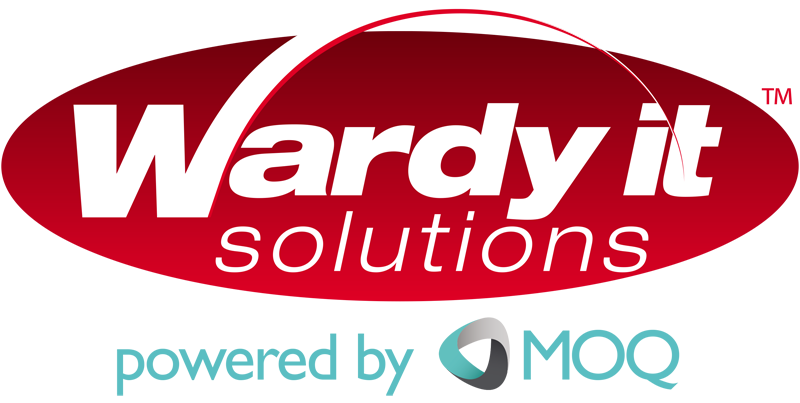With SQL Server 2008 and 2008 R2 approaching end-of-life, upgrading your organisation’s database environment is front of mind for many IT leaders right now. It’s not just the end-of-support for SQL Server 2008 driving the upgrades either. Many organisations want to modernise their database environment to improve performance, be more cost-efficient, and to have all the security required by GDPR and other global data privacy regulations.
Whatever your reasons for wanting to upgrade, there’s one issue that’s causing many IT leaders to feel ‘stuck’. That issue is legacy. Many environments contain mission-critical third-party-developed applications that are not certified to work with newer versions of SQL Server. Your organisation needs the benefits a modern database environment will bring, but you may fear that changing an application that’s deeply embedded in your way of working could be a significant and costly challenge.
The good news is that you don’t need to throw the application out and start over again if you want to upgrade. There are several options open to you, which we outline below.
What are these legacy applications?
They are applications developed by a third party that are not compliant with newer versions of SQL Server. Some of them are industry-specific, such as a Retail Management System, others are generic applications, such as finance systems. This issue isn’t confined to smaller application vendors either. There are some large ISVs that are not willing to invest further funds to develop their applications. Or perhaps they don’t want to retest their applications for newer versions of SQL Server (even though, if they did, they might find they would be certified).
What are the main upgrade paths?
On-premise or cloud are the main options. Your organisation may not be able to migrate to the cloud for security or sovereignty issues, in which case SQL Server 2017 is the most current option. Companies migrating to the cloud lean towards a full Platform-as-a-Service offering, where you benefit from Microsoft taking care of the day-to-day upgrades. With the on-premise SQL Server 2017, you get a modern data platform, but still have to worry about backups and maintenance – something WARDY IT Solution’s Virtual DBA service can help you with.
Dealing with the ‘legacy applications’ issue
As mentioned above, there are different ways of working around the issue of ‘legacy applications’ when upgrading to a modern database environment. The main options are:
1. Azure SQL Database Managed Instance
This is a new service offer available from Microsoft. If your organization has previously been stuck with important legacy applications, you can access the benefits of a modern, cloud-based database environment without having to do extensive application re-engineering.
Managed Instance allows you to ‘lift and shift’ the application to the Microsoft cloud. This gives you the advantage of a modern database container, and you benefit from all the features of the cloud, while individual applications can still run on legacy versions using backwards compatibility. Under most scenarios, you should be able to shift without any application changes. There may be some exceptions to this, but you can check with Microsoft’s SQL Server Upgrade Advisor tool. Or speak to us at WARDY IT Solutions, as we can also help.
2. ISV ‘unblock’ program
This is a program within Microsoft, which is designed to help ISVs to test or certify the application on modern versions of SQL Server. Don’t ever assume that the application is not certified – it may very well be, so it’s always worth testing. If the application isn’t certified, then Microsoft may provide funding to the ISV to help them develop the application to a point where it is certified. This obviously makes sense for Microsoft, given the application is used by more than one organisation and may be preventing companies from potentially upgrading their SQL Server environment.
3. SQL Server Upgrade Advisor
If your ISV is no longer in existence, you can use SQL Server Upgrade Advisor to validate and confirm, from an upgrade capability, whether or not there’ll be breaking issues. The assessment can be done independently.
4. Infrastructure-as-a-Service
Another option is for your organisation to move to Azure under an IaaS (Infrastructure as a Service) model, and, if you are on SQL Server 2008, you can buy yourself an extra three years of extended security upgrades at no cost. This is not the ideal or most cost-effective option. But it can be used by organisations if you have run out of time or are facing working on a platform that will no longer be supported after July 2019.
Working with vendors
At which point in the upgrading process should your organisation be talking to the application vendors? Well, our advice is to ensure that you have an ongoing dialogue with them. It’s not just about the database. You need to make sure you’re aware of the updated versions of applications. One of the things we see in our work is that an organisation might be running version 8 of an application, but if they moved to version 9, it could well be certified.
If you’re planning to upgrade to a modern database environment, download our whitepaper or sign up for our Data Platform Modernisation Assessment to map out your modernisation options.

